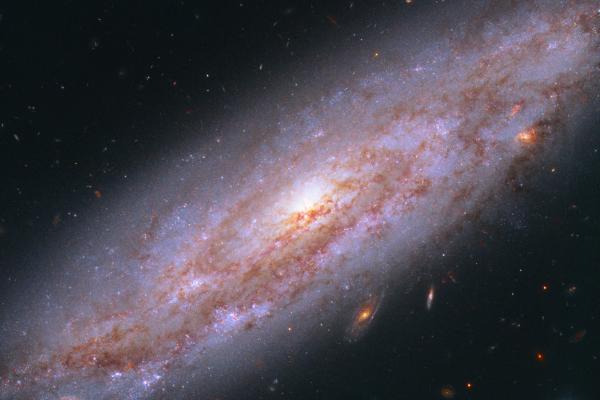
Title: To Z or not to Z: what we learn from chemical abundance patterns in distant galaxies
Abstract:
The chemistry of gas and stars in galaxies has long been a key tool for studying their formation and evolution. Because heavy elements are the product of converting gas to stars, measuring the abundance and distribution of different elements in and around galaxies is key to determining how galaxies grow and change over time. However, much of what we know about the chemistry of galaxies is based on observations of the present-day Universe (z~0), even though most stars in galaxies were formed at much earlier times (z>1, more than ~7 Gyr ago). Using facilities like JWST and premier ground-based observatories like the Keck Telescopes, we are now on the cusp of being able to study galaxies in detail at all cosmic times. I will share recent progress in characterizing the galaxy population during the peak of galaxy assembly 10-12 Gyr ago (z~2-3), including efforts by my group to use ultra-deep JWST/NIRSpec observations to accurately determine the chemical abundances in these distant galaxies, which are sensitive to their star formation histories. I will also preview science that will soon be possible with a large upcoming galaxy survey using the new Prime Focus Spectrograph (PFS) on the Subaru Telescope, which will target hundreds of thousands of galaxies during the period 5-10 Gyr ago when many were transitioning from highly star-forming to relatively quiescent, like most galaxies today.
Speaker:
Allison Strom (Northwestern University)
